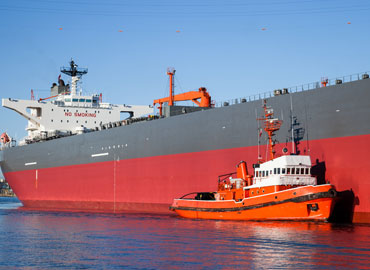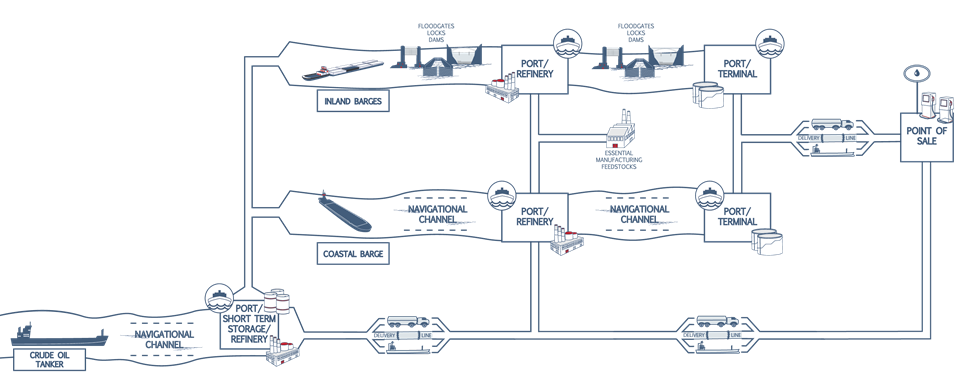Why Maritime?

The Importance of Waterborne Transportation
U.S. inland waterways and rivers are the backbone of the freight network, carrying the equivalent of about 51 million truck trips each year. These marine highways are a crucial way to carry large amounts of cargo that would otherwise travel by truck or by rail. Ultimately, waterways significantly reduce congestion on the surface transportation system. The waterborne transportation system is made up of 12,000 miles of inland and intracoastal shallow-draft waterways (9- to 14-foot draft) and 13,000 miles of greater than 14-foot deep channels, for a total of 25,000 miles which are operated and maintained for commerce, including 236 lock chambers at 191 lock sites on 41 waterways. More than 891 million tons of freight moved on U.S. waters in 2013.

Per the American Society of Civil Engineers Infrastructure Report Card, “Ninety percent of locks and dams on the U.S. inland waterway system experienced some type of unscheduled delay or service interruption in 2009, averaging 52 delays a day. The hours lost due to unscheduled delays has increased significantly since the 1990s, which costs industry and consumers hundreds of millions of dollars annually. For 2011, the total number of hours of delay experienced by barges throughout the entire inland waterway system reached the equivalent of 25 years.”
According to the U.S. Coast Guard, there are 360 commercial ports that provide approximately 3,200 cargo and passenger handling facilities. Governance of these ports in the United States is a function of various state and local public entities, such as port authorities, port navigation districts and municipal port departments. Currently, there are more than 150 deep draft seaports under the jurisdiction of 126 public seaport agencies located along the Atlantic, Pacific, Gulf and Great Lakes coasts, as well as in Alaska, Hawaii, Puerto Rico, Guam, and the U.S. Virgin Islands. The U.S. Army Corps of Engineers estimates that more than 95% (by volume) of overseas trade produced or consumed by the United States moves through U.S. ports.



